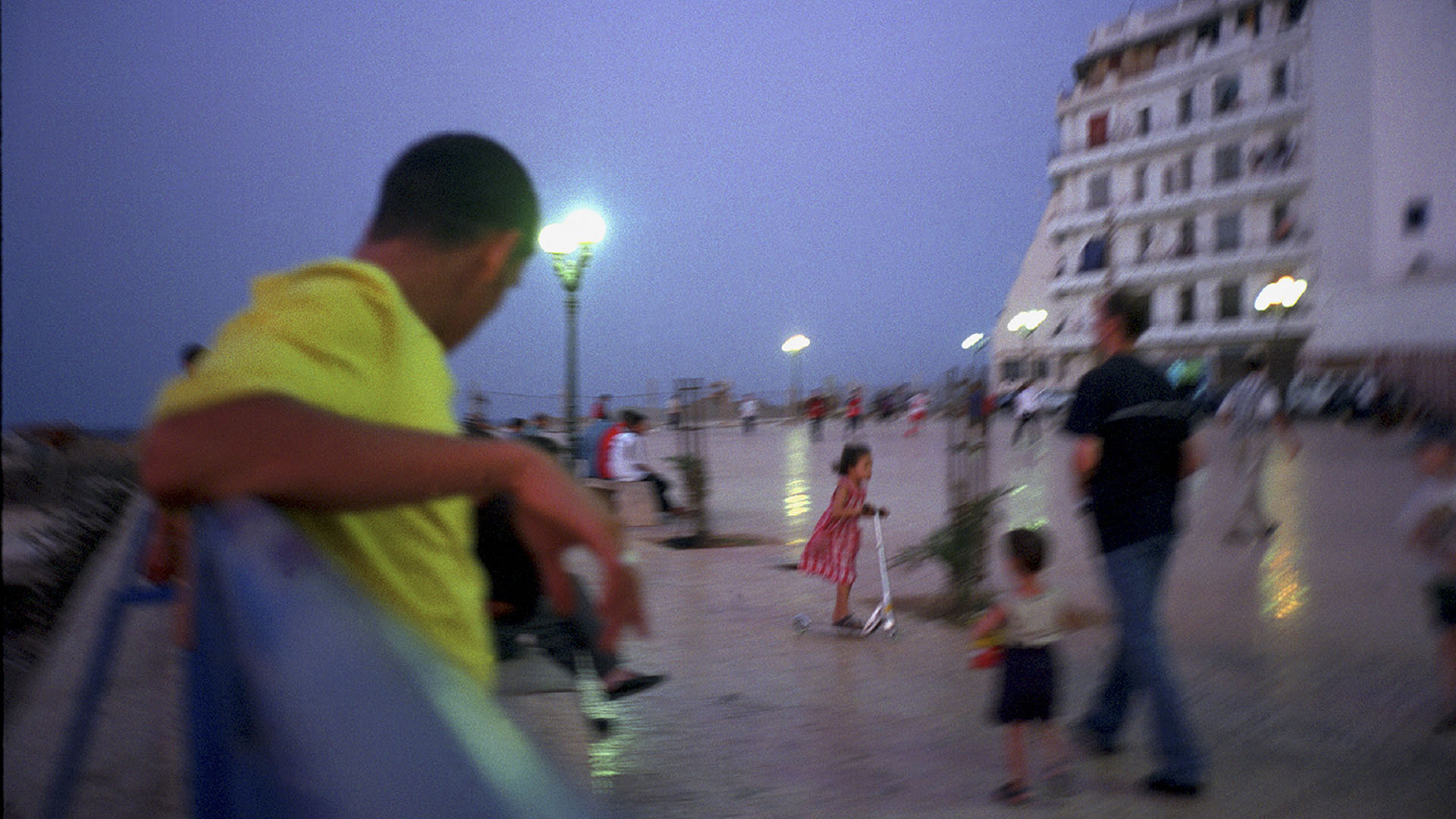The exhibition « Détours-Retour : Les voyages en Algérie 1993-2013 », on view in France, looks at two decades of Bruno Boudjelal’s Algeria.

You’re getting blind.
Don’t miss the best of visual arts. Subscribe for $9 per month or $108 $90 per year.
Already suscribed ?
Read more: The Crack, a Shadow From the Past



